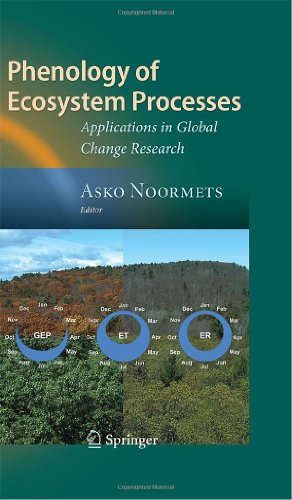

Most ebook files are in PDF format, so you can easily read them using various software such as Foxit Reader or directly on the Google Chrome browser.
Some ebook files are released by publishers in other formats such as .awz, .mobi, .epub, .fb2, etc. You may need to install specific software to read these formats on mobile/PC, such as Calibre.
Please read the tutorial at this link: https://ebookbell.com/faq
We offer FREE conversion to the popular formats you request; however, this may take some time. Therefore, right after payment, please email us, and we will try to provide the service as quickly as possible.
For some exceptional file formats or broken links (if any), please refrain from opening any disputes. Instead, email us first, and we will try to assist within a maximum of 6 hours.
EbookBell Team

5.0
38 reviewsChanges in the seasonal timing of ecosystem carbon, water and energy exchange are key sources of variation in biosphere-atmosphere feedbacks. Referencing this variability to traditional phenological events, such as bud break or flowering, introduces additional uncertainty with little mechanistic relationship to the process of interest. Instead, the seasonal cycles of each process must be understood in the context of biological and environmental factors that affect it. Some processes, like photosynthesis, are represented with high degree of realism and accuracy in several existing ecosystem process models, whereas others still have significant uncertainties. This volume summarizes the current understanding of the seasonality of ecosystem carbon and water cycles in the temperate and boreal zones using eight case studies, highlighting sources of variability, necessary additional measurements and novel ways to analyze existing datasets. It also includes syntheses of the interaction between water and carbon fluxes as mediated by constraints from plant anatomy to the ecosystem level. This book is intended as a reference for researchers and graduate students in ecosystem ecology, modeling, climate change, phenology and land surface phenology, and as supplementary material for advanced courses in ecosystem or community ecology and biometeorology.
About the editor:
Asko Noormets is Research Assistant Professor at the Department of Forestry and Natural Resources, North Carolina State University.